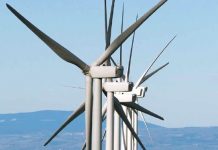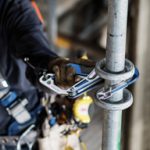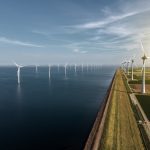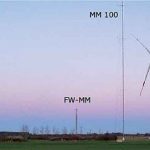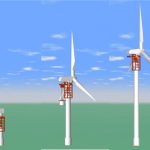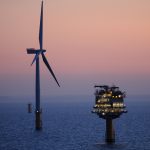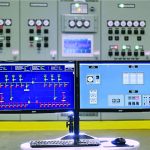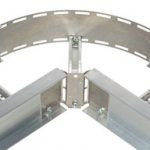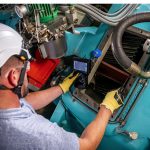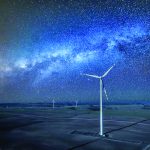The Fraunhofer Institute for Wind Energy Systems IWES has conducted a boulder detection campaign in the Baltic Sea on behalf of Baltic Power for the foundations of Baltic Power’s planned wind turbines.
It applied the surveying technology along the planned subsea cable routes for the first time. The Manta Ray G1 measuring system allows the detection of boulders up to 100 meters below the seafloor, as well as the survey of shallower objects along cable corridors. The technology, developed by Fraunhofer IWES, makes it possible to minimize risks posed by boulders during the installation of wind turbines, offshore substations, and cables.
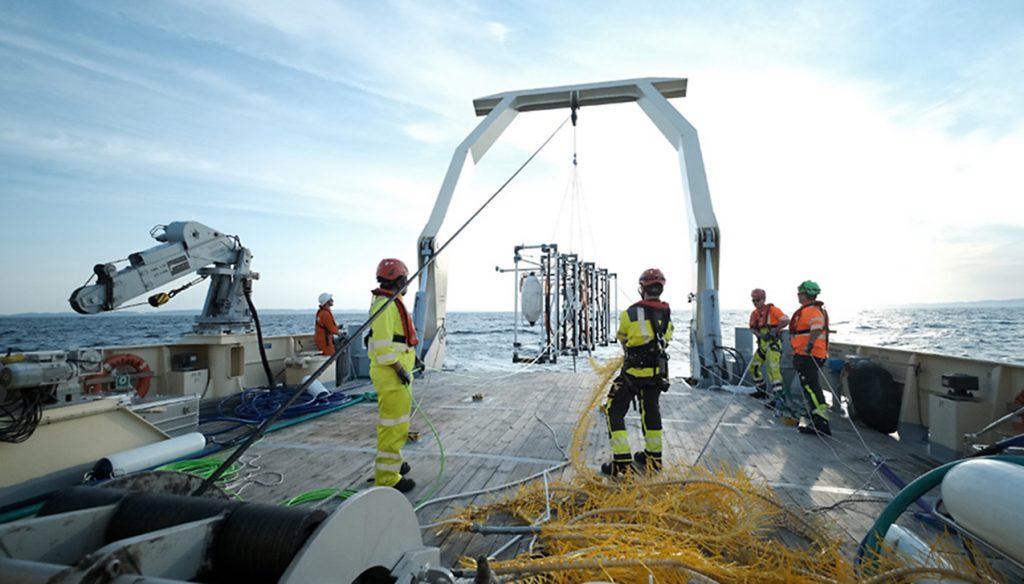
It is necessary to investigate how many potential rocks are in the immediate vicinity of the planned corridors in the subsurface and determine the locations of boulder fields. The cable-laying ships can then lay the power cables along the explored corridors while avoiding the detected boulders.
Baltic Power, a joint venture project between ORLEN and Northland Power, is planning to install an offshore wind farm in the Baltic Sea with a total capacity of up to 1.2 GW. The farm will be comprised of 76 wind turbines and two offshore substations. Boulders in the area can pose risks during the installation process, and the cable corridors also need to be surveyed to ensure the subsea cables can be installed with the lowest risks.
The cables connect the wind turbines to the OSS and those, in turn, to the power lines on land. The project got underway in January 2023, and the IWES project team completed the required offshore data acquisition in summer 2023, which was followed by data processing and interpretation.
The Manta Ray G1 measuring system allows the scientists at Fraunhofer IWES to locate boulders at depths of up to 100 meters below the seafloor. The Manta Ray G1 comprises a towed array equipped with seismic sensors (hydrophones) and positioning systems. During the acquisition, the hydrophones pick up the sound waves emitted by a signal source and reflected or diffracted by the subsoil. This makes it possible to map the sediment layers and to detect rocks in the sub-seafloor. This method of diffraction imaging allows tracing of the acoustic energy diffracted by the boulders to its point of origin.
The IWES team also surveyed subsea cable corridors with the Manta Ray G1 technology for the very first time. For the customer, detection of boulders along the cable routes is equally important.
“We are proud to be able to help the renewable industry implement wind-farm projects faster and in a more efficient manner, thereby minimizing risks,” said project coordinator Gino Frielinghaus, head of department sub-surface Investigations at Fraunhofer IWES. “Our research work and successfully completed industry projects continue to validate our method, and we also satisfy industry requirements more comprehensively. This motivates us to further improve our seismic measurement methods, and we look forward to applying our expertise in further project.”
More info www.iwes.fraunhofer.de/en


















